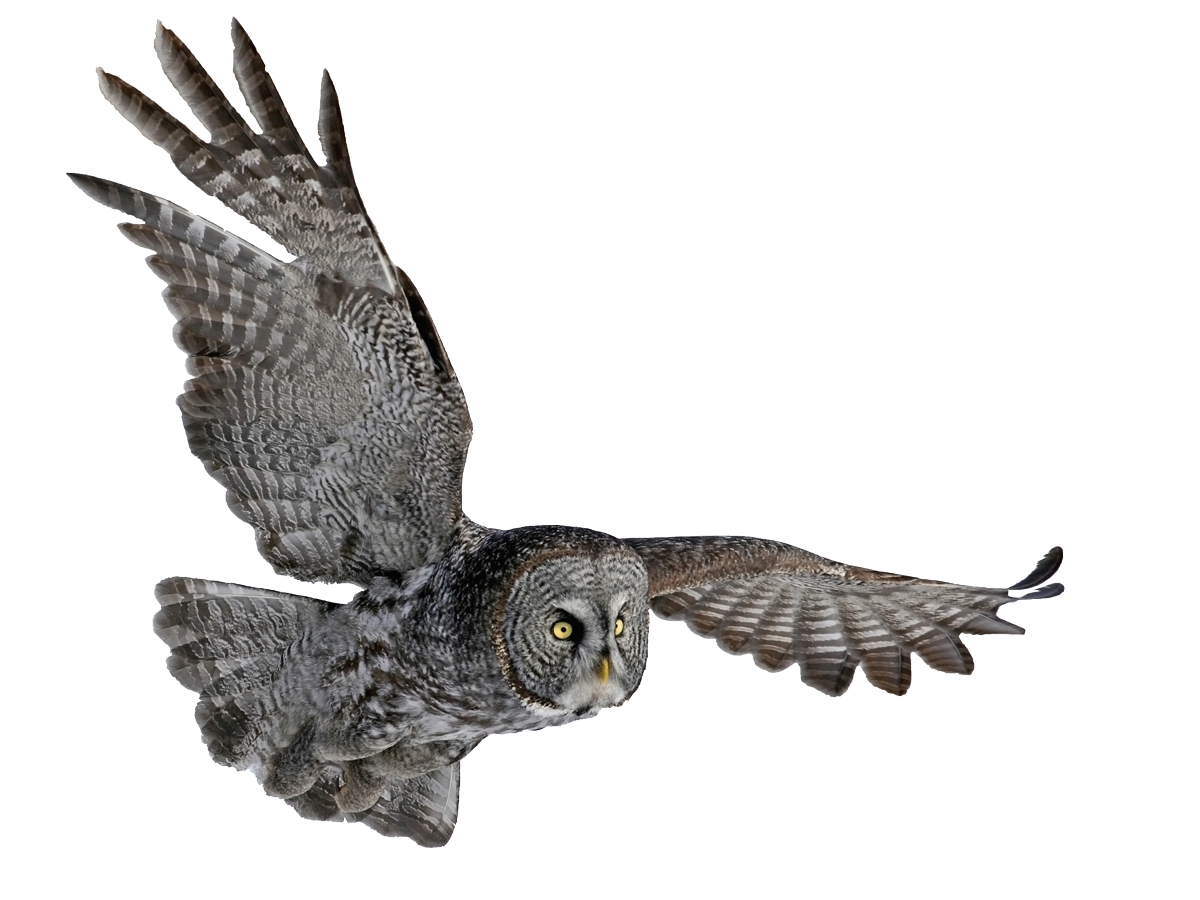Pest categories

Pharaoh ants
Bed bugs
House mouse
Brown rat
Black rat
Cockroaches
Flies and houseflies
Meat flies
Fruit flies (drosophila)
Ants
Wasps
Fleas
Mediterranean Flour Moth, Indianmeal moth, cacao moth and Broad-barred knot-horn moth
Other pests of stored foodstuffs are beetles
Clothes moth and case bearing clothes moth
Common carpet beetle, fur beetle, museum beetle and larder beetle
Wood-damaging beetles
Domestic pigeon
Gulls
Raven birds
Sparrows
Contact us
Clothes moth and case bearing clothes moth
Moths belong to the family of tineoid moth. They are small butterflies with narrow, lanceolate rear wings covered with long filaments.
Why are they pests?
They damage wool, feathers, fur, leather goods or materials.
They damage materials of animal origin containing keratin ⎯ the structural protein of covering tissues.
Case bearing clothes moth can also damage fabrics made from plant fibres.
In rare cases, products made of synthetic fibres with wool are damaged.
They damage materials of animal origin containing keratin ⎯ the structural protein of covering tissues.
Case bearing clothes moth can also damage fabrics made from plant fibres.
In rare cases, products made of synthetic fibres with wool are damaged.
Which areas are relevant?
- Home
- In the fur and leather processing industry
- In the textile industry
- Wool and woollen products in storage facilities
- Accommodation service companies
What do they harm and who do they harm?
- Wool, feathers, fur, leather and articles thereof
- Stuffed animals and their collections.
Key attributes
They are lower butterflies with narrow, lanceolate rear wings covered with long eyelash hairs.
Residue of grease or sweat on fabrics attract these pests.
Inside buildings, individuals at all stages of development can be detected throughout the year. Females lay their eggs on food sources suitable for larvae.
Adult moth avoid light, flying only after dark.
Adult male case bearing clothes moths are smaller than females and fly well, while females are more sluggish and fly only short distances.
Female clothes moths are poor fliers, therefore, when frightened, they usually try to escape and hide in folds of clothes, crevices and other dark and safe places. Male moths can fly up to 100 m, but, like females, they try to hide in dark places when frightened.
They spread through the transport of pest-infested wool and wool products, as well as through the transport of individual animal carcasses or animal collections.
Residue of grease or sweat on fabrics attract these pests.
Inside buildings, individuals at all stages of development can be detected throughout the year. Females lay their eggs on food sources suitable for larvae.
Adult moth avoid light, flying only after dark.
Adult male case bearing clothes moths are smaller than females and fly well, while females are more sluggish and fly only short distances.
Female clothes moths are poor fliers, therefore, when frightened, they usually try to escape and hide in folds of clothes, crevices and other dark and safe places. Male moths can fly up to 100 m, but, like females, they try to hide in dark places when frightened.
They spread through the transport of pest-infested wool and wool products, as well as through the transport of individual animal carcasses or animal collections.
PEST CONTROL involves the protection of human health, property and food resources from unwanted harmful organisms ⎯ pests.
Copyright


